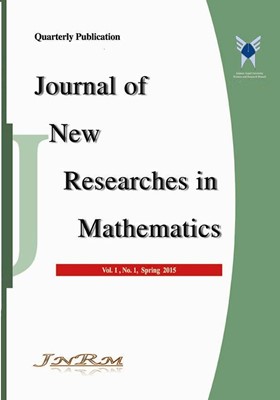Estimating the Solution of the Best-Worst Method Non-Linear Programming Model by solving the Mixed Integer Linear Programming Model Solutions
Subject Areas : Statistics
Mohammad Reza Dehghani
1
![]() ,
Mehdi Abbasi
2
*
,
Mehdi Abbasi
2
*
![]()
1 - Department of Industrial Engineering, Shiraz Branch, Islamic Azad University, Shiraz,,, Iran.
2 - Department of Industrial Engineering, Shiraz Branch, Islamic Azad University, Shiraz,, Iran.
Keywords: مجموعههای منظم خاص (SOS), تقریب تکهای خطی (PLA), روش بهترین-بدترین (BWM), مدل برنامهریزی خطی مختلط (MILPM),
Abstract :
The Best-Worst Method (BWM) is one of the latest methods in Multiple Attribute Decision Making (MADM) problems. The mentioned method determines the optimal solution by forming and solving a Non-Linear Programming Model (NLPM). In respect to the difficulties of solving the relevant NLPM, some attempts have been made to provide Linear Programming Models (LPM) or Equivalent Mixed Linear Programming Models. But there are some deficiencies in each of the proposed models. In this paper, by removing the mentioned deficiencies, an algorithm was proposed to estimate the solution of BWM NLPM with an acceptable error by forming and solving Mixed Integer Linear Programming Models (MILPMs). In the suggested algorithm, first, the equivalent model of NLPM (ENLPM) was formed. Then by Piecewise Linear Approximation (PLA) using the SOS2 method, the non-linear sentences of ENLPM were approximated and the first MILP model was formed and solved. If the error of solution is not acceptable, improving the PLA of the ENLPM nonlinear sentences, the forming of new MILPMs, and its solving continues until a solution with acceptable error obtained. To investigate the reliability of the algorithm, a new method for generating samples was proposed. Then using this method, 128 samples with three and five attributes were generated. The results of implementing the proposed algorithm to solve generated samples showed the performance and efficiency of the proposed algorithm. In this regard by forming and solving a maximum of three MILPMs of the samples, an estimation of the solution with 1% error was obtained.

